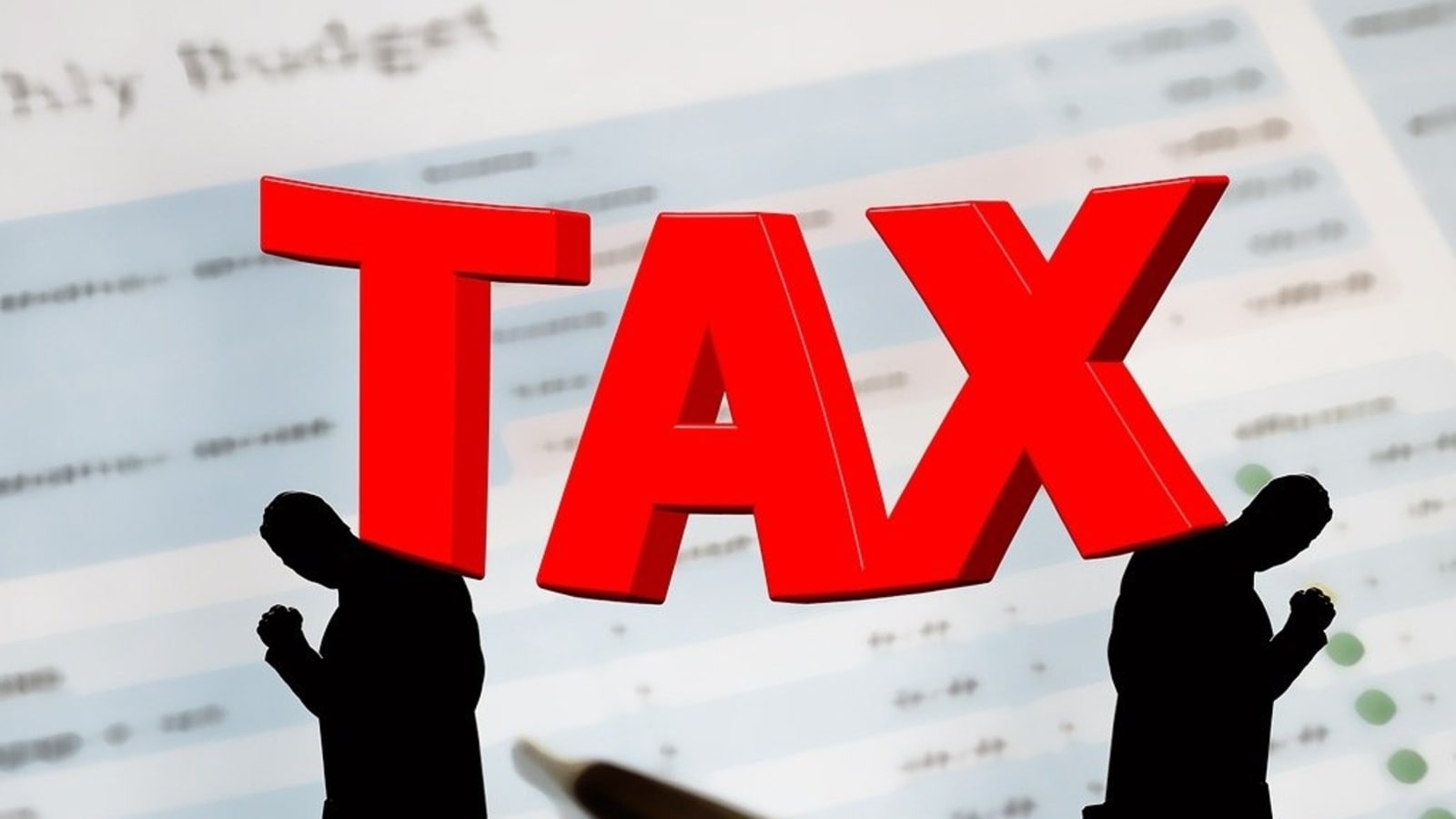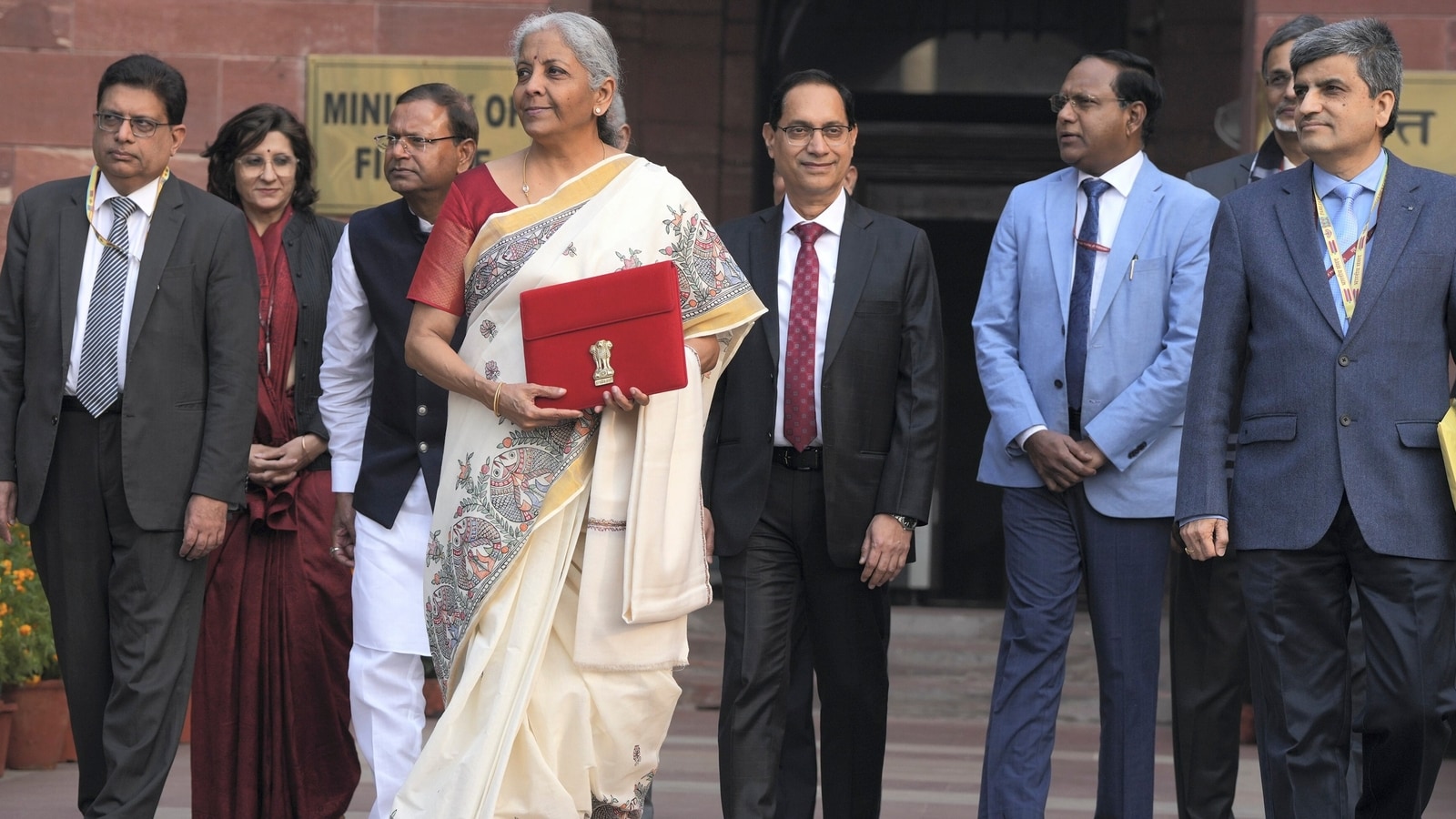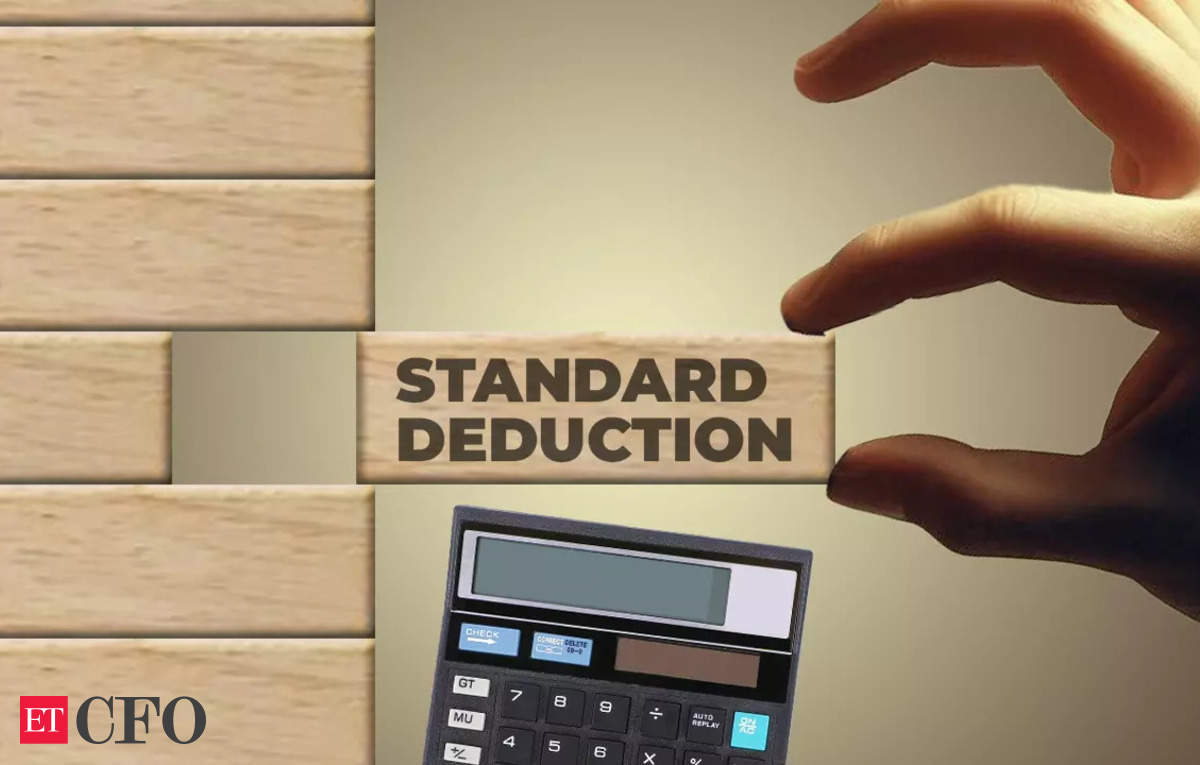The last date for filing your Income Tax Returns (ITR) is July 31. A belated return will attract late fees under Section 234F, which can be Rs 5,000 if the taxable income exceeds Rs 5 lakh. Moreover, you will be entitled to claim an income tax refund when the taxes paid on your behalf are more than your tax liability.
You are eligible to get an income tax refund from the government if you have paid taxes in excess of your financial liability for the applicable financial year. The applicable refund amount will be calculated at the time of filing ITR and credited to you as and when the refund is processed by the income tax authorities.
When can you claim a tax refund?
Following are key instances when an Income Tax Refund can be claimed:
-
- You did not furnish all the investment proofs to your organization. As a result, the amount of taxes deducted by your employer exceeded your actual tax liability for the particular FY.
- Excess TDS was deducted on your interest income from bank FDs or bonds.
- The advance tax paid by you on self-assessment exceeded your tax liability for the applicable FY as per the regular assessment.
- In case of double taxation, for example – when a person is a citizen of one country but derives income from another country. However, there are a few countries with which India has Double Taxation Avoidance Agreement (DTAA). This means you can claim a tax refund if you are a non-resident Indian working in a foreign country with which India has DTAA. For example, you hold a non-resident ordinary (NRO) deposit in an Indian bank. The interest earned on such deposits shall be taxed as per the applicable slab rate. However, if you qualify to be a tax resident of the foreign country where you reside, you may claim a tax refund for the TDS deducted on interests earned in India on your NRO deposit.
How to get a tax refund?
To get a tax refund, it is important to ensure that correct income tax refund (ITR) is filed before the due date. While submitting your ITR for claiming the income tax refund, you have to include all your income and claim various exemptions and deductions available to you.
If taxes deducted as well as paid by the taxpayer exceed the tax liability worked out while filing the ITR, you will get the refund after your ITR is processed.
The excess tax for which a refund is claimed should be reflected in Form 26AS/AIS. Moreover, the refund is subject to verification by the Income Tax Department. It is credited only if the refund claim is found to be valid by the department.
The status of your income tax refund easily be checked from the official website of Income Tax Department (KNOW YOUR REFUND STATUS)
” The easiest way is to declare your investments in Form 16 while filing your IT return, accompanied by the necessary proofs. If you’ve missed this step and paid extra taxes, there’s still a solution. Fill out Form 30, a request to review your case and refund the excess tax paid. Make sure to submit your income tax refund claim before the end of the financial year, along with the prescribed return form,”
“The process for issuing income tax refund generally takes 20-45 days after e-verification of the income tax return. However, in case of delay, the Income Tax Department would pay interest on delayed income tax refund.
All income tax refunds are credited directly to the bank account of the taxpayer, unlike earlier, when income tax refunds above Rs.50,000/- were paid through cheque,”
1. Refund through Direct Transfer:
If you opted for a direct transfer to your bank account, the excess tax paid will be credited via ECS transfer, RTGS, or NECS. Ensure that you have provided your correct 10-digit account number and MICR code to the State Bank of India. To track your refund, visit the official websites http://www.incometax.gov.in. Under Quick links Click on “KNOW YOUR REFUND STATUS” and enter your PAN number, assessment year and mobile number for detailed information.
2. Refund by Cheque:
If you chose to receive your refund by cheque, the IT department will provide you with a reference number. You can track the progress of your refund by using the speed post service responsible for delivering the cheque.
How can we check the status of refund ?
To track your refund, visit the official websites http://www.incometax.gov.in. Under Quick links Click on “KNOW YOUR REFUND STATUS” and enter your PAN number, assessment year and mobile number for detailed information.
How long does the refund take?
What happens if the refund is above 50000?
It’s important to respond to any such notice or communication promptly and provide the necessary documents or explanations as requested by the department.
Is the income tax refund taxable?
Income tax refund received after filing of income tax return is not taxable, however, interest which is paid is taxable like income from any other sources. The interest paid at 0.5% per month is taxable. This interest is paid from 1st April till the date of refund.
Key rules to know about tax refunds,
1. Types of Income Tax Refunds: There are two main types of income tax refunds. The first occurs when you have paid more income tax than what was due, resulting in an excess amount that is refunded to you. The second type arises when your employer or another deductor has deducted more tax at source than necessary, leading to a refund.
2. Claiming TDS Refunds: Excess TDS deductions are a common occurrence. To claim a TDS refund, it is crucial to follow the appropriate procedure outlined by the tax authorities.
3. Required Documents: When initiating the tax refund process, ensure you have the necessary documents at hand. These typically include Form 16, issued by your employer, which provides details of tax deducted from your salary. Form 26AS/AIS displays the TDS and advance tax payments made by you. Additionally, your bank statements will showcase any tax payments made, such as self-assessment tax, advance tax, or tax on regular assessment. Lastly, ITR-V is the verification form that needs to be submitted to the Income Tax Department after filing your return.
Practical Course at:











